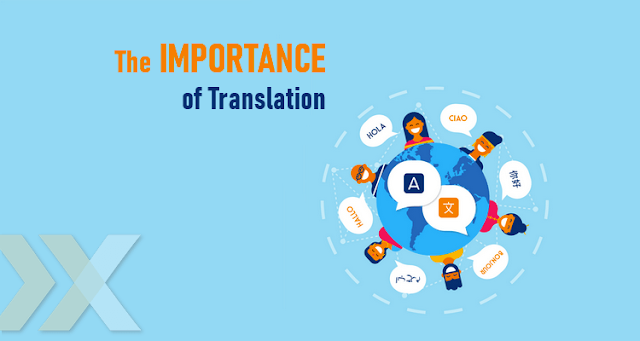The Importance of Binary Translators in Education | English Note Book
Binary translation is a fundamental concept in computer science and plays a crucial role in understanding the inner workings of computers and programming languages. As technology continues to advance, the need for digital literacy and computational thinking skills has become increasingly important in education. In this article, we will explore the significance of binary translators in education and how they contribute to fostering a deeper understanding of computer science concepts.
Demystifying the Language of Computers
Computers communicate using binary code, a system that represents information using only two digits: 0 and 1. This binary code forms the foundation of all digital data and is the language that computers understand. However, for beginners and those new to computer science, deciphering binary code can be a daunting task.
Binary translator serve as invaluable tools for simplifying the complexity of binary code and making it accessible to learners. These tools allow students to convert binary code into human-readable text and vice versa, enabling them to see the direct relationship between binary and familiar symbols, such as letters, numbers, and special characters. By bridging the gap between the abstract world of binary and the tangible world of everyday language, binary translators facilitate a smoother learning process and help students grasp the core concepts of computer science more effectively.
Promoting Computational Thinking
Computational thinking is a problem-solving approach that involves breaking down complex problems into smaller, more manageable steps. It is a vital skill for students to develop as it cultivates logical reasoning, algorithmic thinking, and critical analysis—all of which are essential in various disciplines and real-world scenarios.
Binary translators serve as practical tools for engaging students in computational thinking. By working with binary code and translating it into readable text, students gain hands-on experience in breaking down problems, identifying patterns, and developing step-by-step solutions. This process encourages a deeper understanding of how computers interpret and process information, fostering analytical skills that extend beyond the realm of computer science.
Enhancing Coding and Programming Skills
Coding and programming lie at the heart of computer science education. Proficiency in programming languages empowers students to create software, develop algorithms, and build innovative solutions to real-world problems. Binary translators contribute significantly to the development of coding skills by providing a tangible link between the binary code and the instructions students write in programming languages.
As students learn to write and debug code, binary translators enable them to visualize the underlying binary representation of their programs. This visual feedback reinforces the connection between high-level programming constructs and the binary instructions that computers ultimately execute. By observing the binary translation of their code, students can identify errors, optimize their algorithms, and gain a deeper understanding of how their instructions are processed by the computer.
Preparing for Future Technological Advancements
In today's digital age, technology permeates almost every aspect of our lives. Understanding the fundamentals of binary code and its translation is crucial for students to navigate and adapt to the rapidly evolving technological landscape. From artificial intelligence and data analysis to cybersecurity and robotics, an understanding of binary code provides a solid foundation for exploring and engaging with emerging technologies.
Binary translators empower students to become active participants in the digital world, equipping them with the skills to analyse and manipulate data, develop algorithms, and create innovative solutions. By integrating binary translation into educational curricula, institutions can ensure that students are prepared to tackle the challenges and opportunities presented by future advancements in technology. Read More
Conclusion
Binary translators are invaluable tools in education, enabling students to grasp the fundamental concepts of computer science, promote computational thinking, enhance coding skills, and prepare for the ever-evolving technological landscape. By simplifying the complexity of binary code and providing a bridge between abstract concepts and real-world applications, binary translators foster a deeper understanding of computers and empower students to become proficient digital citizens in the 21st century. Integrating binary translation into educational programs is essential for equipping students with the skills and knowledge they need to thrive in an increasingly digital world.

No comments:
Post a Comment